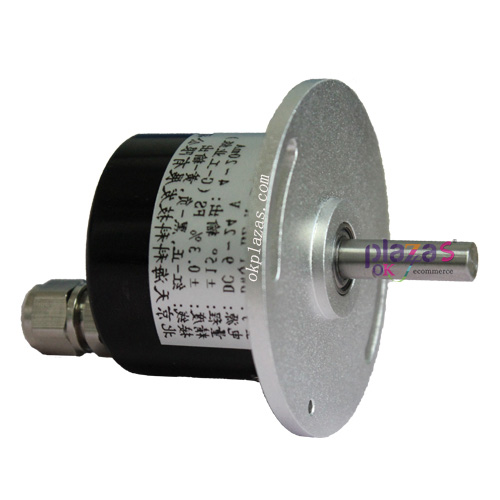Angle sensor market industry
Angle sensor market industry
In the process of industrialization of angle sensor production, both imported technology and independent innovation should be considered. In the introduction of advanced technology, it can improve its own technology, but also meet the needs of the Chinese market, forming an angle sensor production industry scale. For example, Yokogawa's recently released EJX multi-variable transmitter is an example of technology that can be considered. It has high accuracy (0.025%), high intelligence, and fieldbus technology. Because it can control the mass flow, medium pressure and Various variables and information such as tube blockage, diagnosis, steam heat tracing diagnosis, and orifice plate wear are transmitted to the central control room via fieldbus; it is very beneficial to ensure production, provide equipment maintenance information, and ensure safe operation. This new type of transmission The development of the device is in line with the transformation of the integration of automation system management and control. Only when the information source capacity is strong and the information is enriched, can informatization better promote the development of productivity.

In addition, it has a broad market because it is used in many industries such as petrochemicals, metallurgy, and electric power. The development trend of angle sensor and detection instrument
In recent years, the angle sensor is in the development stage of transforming the traditional type to the new type angle sensor. The characteristics of the new angle sensor are miniaturization, digitization, intelligence, multi-function, systemization, and networking. It not only promotes the transformation of traditional industries, but also leads to the establishment of new industries and military reforms. It is a new economic growth in the 21st century. point.
Miniaturization is based on the micro-electromechanical system (MEMS) technology, and has been successfully applied to silicon devices to form silicon pressure angle sensors (such as the above-mentioned EJX transmitter). Microelectronic machining technology, including body micromachining technology, surface micromachining technology, L1GA technology (X-ray deep lithography, micro electroforming and micro replication technology), laser micro processing technology and micro packaging technology, etc. The development of MEMS has brought the miniaturization, intelligence, multi-function and reliability of angle sensors to a new level. Angle sensors and detection instruments, based on microelectronics technology, built-in microprocessor, or micro-angle sensors and microprocessors and related integrated circuits (operational amplifier, A/D, D/A, memory, network communication interface Circuits) and other packages are encapsulated together to complete digitalization, intelligence, networking, and systemization. In terms of networking, it currently mainly refers to the use of a variety of fieldbuses and Ethernet (Internet), which must be selected according to the needs of various industries, one or more of them, the most popular in recent years are FF, Profibus, CAN, LonWorks , AS-I, Interbus, TCP/IP, etc.
In addition to MEMS, the development of new angle sensors also depends on new sensitive materials, sensitive components and nanotechnology, such as a new generation of optical fiber angle sensors, superconducting angle sensors, focal plane display infrared detectors, biological angle sensors, nano angle sensors, new Quantum angle sensor, micro gyroscope, networked angle sensor, smart angle sensor, fuzzy angle sensor, multi-function angle sensor, etc.
Multi-angle sensor data fusion technology is forming a hot spot. It was formed in the 1980s. It is different from general signal processing, and it is also different from the monitoring and measurement of single or multiple angle sensors. It is based on the measurement results of multiple angle sensors. Higher-level integrated decision-making process. In view of the miniaturization and increased intelligence of the angle sensor technology, it is an inevitable trend to further integrate multiple functions on the basis of information acquisition. Multi-angle sensor data fusion technology is also promoted to be summarized as: the local data resources provided by multiple angle sensors of the same or different types distributed in different positions are integrated, and computer technology is used to analyze them to eliminate the multi-angle sensor information. The possible redundancy and contradiction between the two, complement each other, reduce its uncertainty, obtain a consistent interpretation and description of the measured object, thereby improving the speed and accuracy of system decision-making, planning, and response, and making the system more adequate Information. The information fusion appears on different information levels, including data layer (pixel layer) fusion, feature layer fusion, and decision layer (evidence layer) fusion. Because it has the following advantages over single-angle sensor information, that is, fault tolerance, complementarity, real-time, and economy, it is gradually popularized and applied. In addition to military applications, it is also suitable for automation technology, robotics, marine surveillance, seismic observation, construction, air traffic control, medical diagnosis, remote sensing technology, etc.





